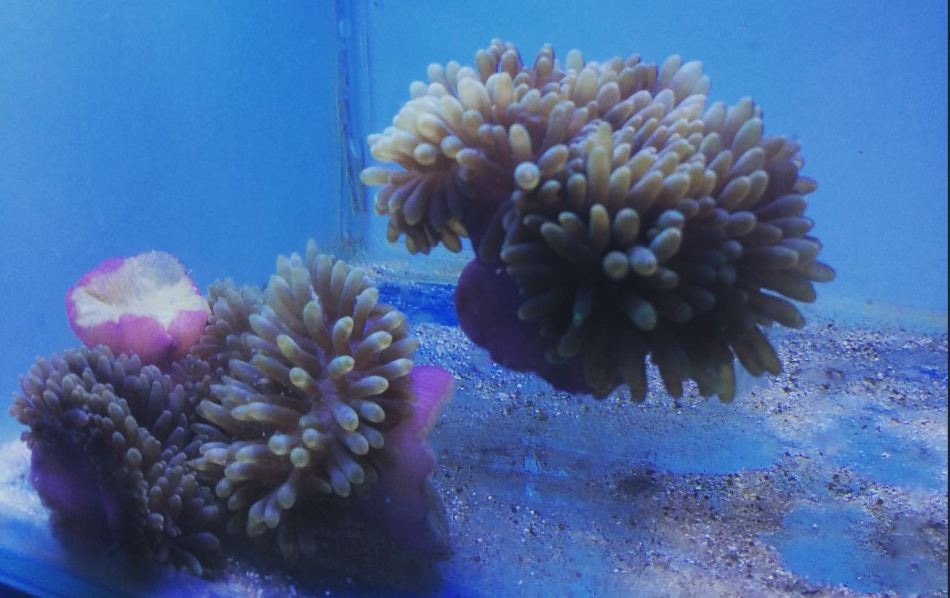May 21 2019
With climate change hitting coral reefs, Flinders University scientists have found one animal with a secret weapon against high temperatures and bleaching.
 anemone bleaching Photo Flinders University
anemone bleaching Photo Flinders University
Anemones suffer badly from the effects of bleaching and climate change but their ability to keep producing venom gives them an edge in surviving long-term changes to marine environments, Australian marine biology experts say.
‘Saving Nemo’ researchers at Flinders University have described the effects of extreme heatwaves and bleaching on anemone – the natural home of clownfish – showing they are not immune from climate change on our coral reefs.
“The loss of symbiotic photosynthetic algae under extreme climatic conditions causes whitening in colour, loss of internal food supply and reduction in health which can ultimately lead to death,” says Professor Karen Burke da Silva, from Flinders University’s College of Science and Engineering, who leads the global Saving Nemo conservation program.
“However even under extended light-induced bleaching over five months, the sea anemone (Entacmaea quadricolor) shows remarkable resilience in maintaining venom quality and quantity to stay alive,” she says.
In spite of the environmental stressors, the study showed the struggling marine invertebrates battled on to produce enough venom to maintain nematocyst production to capture prey during falls in internal algae food sources during the bleaching.
“One of the most venomous animals in the world, already under significant ecological threat due to rising pressure on marine environments, seems to use its amazing venom production as a last line of defence against climate change,” says Professor Burke da Silva.
“Their resilience during times of high stress will aid in the their survival and consequently the survival of dependent anemonefish.”
It is also important for the symbiotic relationship with colourful ‘Nemo’ clownfish which rely on anemone for protection and shelter.
The anemone used in the study are endemic along the north-eastern coast of Australia from Far North Queensland to North Solitary Island, NSW. They have a thermal tolerance threshold between 25 °C and 27 °C, with average summer temperatures in this region hovering around 26 °C.
“This species is at risk in Australian waters, as it is within 1 °C of its thermal threshold,” the researchers conclude.
The paper, ‘The Ecological Importance of Toxicity: Sea Anemones Maintain Toxic Defence When Bleached’ has been published online in Toxins as part of a special issue Toxicological Challenges of Aquatic Toxins (MDPI).
The survival of healthy marine ecosystems is being supported by the Flinders University Saving Nemo IC-Anemone website, encouraging citizen scientists around the world to record sightings.